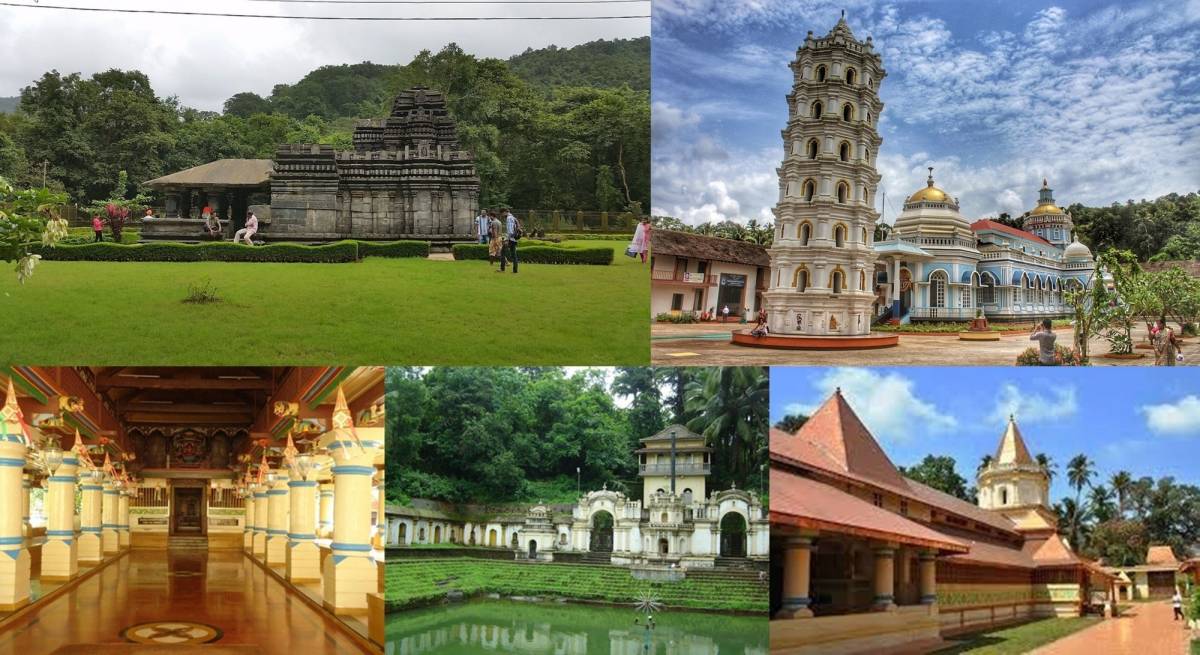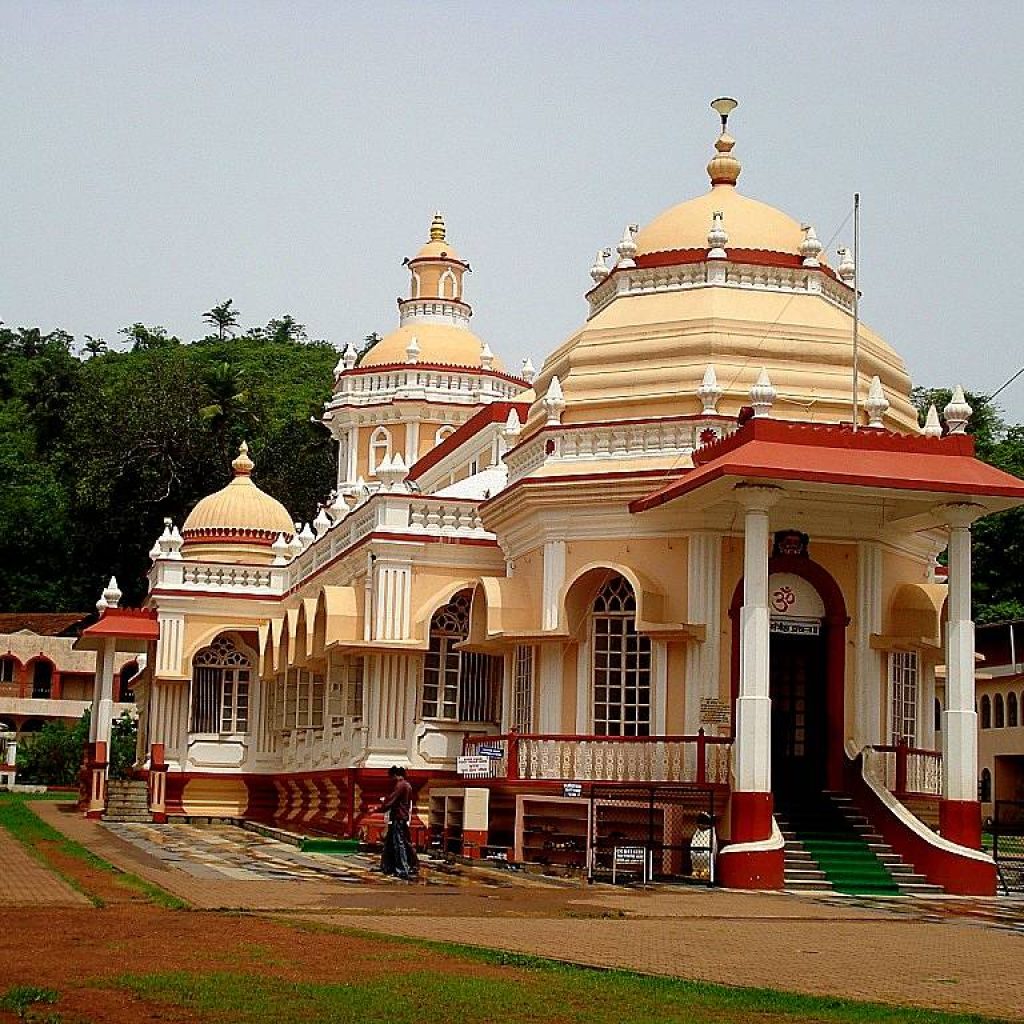The CM further said in his post that there has always been a mandate to create a common pool since the enactment of the Act in 1997…reports Asian Lite News
As the Lok Sabha elections draw closer, temple politics has reared its head again in the Southern state of Karnataka. The latest controversy is over the alleged amendments to the Hindu Religious Institutions and Charitable Endowment Bill.
The Bill mandates the state to collect 10% tax from temples generating revenue exceeding Rs 1 crore and 5% from shrines with revenue of between Rs 10 lakh and Rs 1 crore.
The BJP has taken up the issue to stir the amendment into a political issue.
Taking on detractors, Karnataka Chief Minister Siddaramaiah said that the allegations regarding the Karnataka government’s amendments to the Hindu Religious Institutions and Charitable Endowment Bill “appear to be misrepresented”, “aiming only at misleading the public” and “polarizing people along communal lines for political leverage.”
Accusing the BJP of misleading the public, Karnataka CM said in a series of long tweets, “The allegations regarding the Karnataka government’s amendments to the Hindu Religious appear to be misrepresented for political gain”.
The CM further said in his post that there has always been a mandate to create a common pool since the enactment of the Act in 1997.
“After the amendment, the contributions to the fund will come from (i) ten percent of the net income of institutions whose gross annual income exceeds one crore rupees; (ii) five percent of the net income of institutions whose gross annual income exceeds ten lakhs rupees but does not exceed one crore rupees; and (iii) grants received from the State Government. The recent amendment was made solely to enhance the amount of the common pool,” Karnataka CM added in his post.
He alleged that the BJP leaders want the youth of the country to abandon their jobs and fight an imaginary war, solely to benefit the BJP politically.
“The baseless allegations by BJP leaders are aimed only at misleading the public and polarizing people along communal lines for political leverage. BJP leaders should be ashamed of their unethical practices. Their disservice to the people of Karnataka will never be forgiven. By misleading the public, BJP leaders want the youth of the country to abandon their jobs and fight an imaginary war, solely to benefit the BJP politically,” aleged Karnataka CM.
BJP cries foul
Hitting back at the state BJP unit chief, BY Vijayendra, for dubbing the Karnataka government as being “anti-Hindu” for implementing such policies, Karnataka CM said, “It is clear that the @BJP4Karnatakahas reserved their State President post for those who are inclined to lie. @BYVijayendra seems to be a good fit for the post, or perhaps he is competing with other BJP leaders to retain it. Shame on Vijayendra! His credibility as a leader is plummeting, much like the Indian Rupee under Narendra Modi”.
Weighing in on the draft legislation on Thursday, Chandrasekhar said that the Bill was brought to fill the ‘ATM’ of Chief Minister Siddaramaiah and his deputy DK Shivakumar.
The BJP leader said, “While Rahul Gandhi is holding a Bharat Jodo Yatra in the country, the Congress government in Karnataka has brought the Karnataka Hindu Religious Institutions and Charitable Endowments (Amendment) Bill, 2024 in the assembly to fund the ATM of Siddaramaiah and DK Shivakumar. This marks a new low of appeasement politics. We will oppose this Bill.”
BJP deploys Union minister
Meanwhile, coming down heavily on the Bill, Union Minister Rajeev Chandrasekhar said the draft resolution marked a ‘new low’ in ‘appeasement politics’.
In a personalised video message on Thursday, the BJP leader said, “While Rahul Gandhi is holding a Bharat Jodo Yatra in the country, the Congress government in Karnataka has brought the Karnataka Hindu Religious Institutions and Charitable Endowments (Amendment) Bill, 2024 in the assembly to fund the ATM of Siddaramaiah and DK Shivakumar. This marks a new low of appeasement politics. We will oppose this Bill.”
What is the bill?
There are around 35,000 temples under the Muzrai Department, of which 205 whose income exceeds Rs 25 lakh per year are categorised as Group A, 193 with incomes between Rs 5 lakh and Rs 25 lakh are Group B and around 34,000 temples with incomes below 5 lakh are Group C.
Till date, Group A temples contributed 10% of the revenue generated from collection boxes to a Central Fund and Group B contributed 5%. There were no contributions from Group C temples.
As per the amendment, temples with incomes above Rs 1 crore will have to contribute 10% to the Common Pool Fund, and temples generating Rs 10 lakh to Rs 1 crore revenue should chip in 5% to the fund. Temples with incomes below Rs 10 lakh will not have to contribute at all, according to the Muzrai minister.
The funds will be under Rajya Dharmika Parishat and will be used to grant aid primarily to Category C temples apart from providing welfare measures to families of archaks and other employees at these temples, he said.
The state high-level committee and district high-level committees were also formed to review and submit proposals for amenities at Group A temples. The Bill was passed without much Opposition in the Legislative Assembly on Wednesday.






